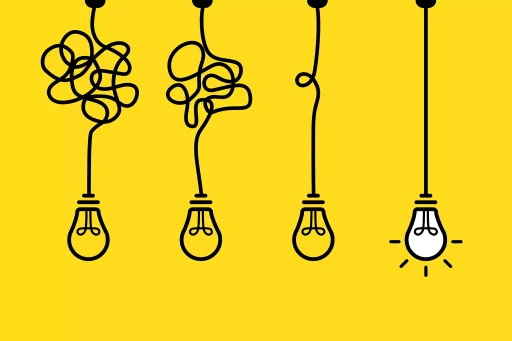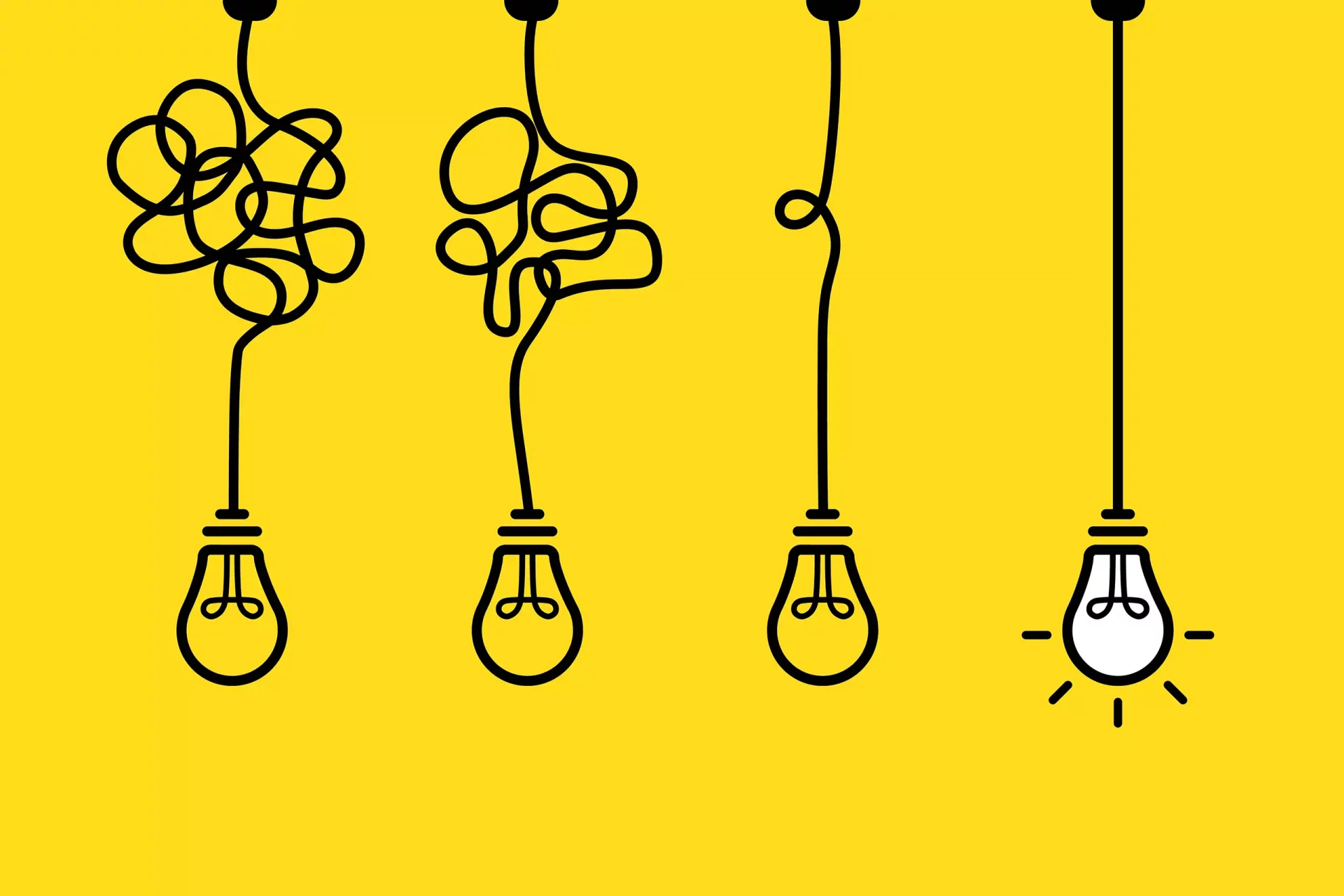What is Inductive Reasoning?
Inductive reasoning is a method of reasoning in which a general conclusion is drawn from a set of specific observations or facts. Unlike deductive reasoning, which guarantees the truth of a conclusion if the premises are true, inductive reasoning allows for the possibility that the conclusion may be false, even if the premises are true. This form of reasoning is crucial in everyday decision-making, scientific inquiries, and even in daily problem-solving.
The Process of Inductive Reasoning
Inductive reasoning follows a common pattern:
- Observation: Gather specific facts or data.
- Pattern Recognition: Identify trends or patterns within the observations.
- Generalization: Formulate a general conclusion based on the observed patterns.
Examples of Inductive Reasoning
Here are some everyday examples to illustrate inductive reasoning:
- Example 1: Every cat I’ve encountered has whiskers. Therefore, I conclude that all cats have whiskers.
- Example 2: The sun has risen in the east every day of my life, so I conclude that the sun will rise in the east tomorrow.
- Example 3: After noticing that the last five customers who entered the store purchased coffee, the store manager concludes that coffee is the most popular item among customers.
Case Study: Inductive Reasoning in Science
Inductive reasoning plays a vital role in the scientific method. Scientists often begin with a set of observations and use them to form hypotheses. For example, in the early 20th century, researchers studying bacteria might have observed that a particular strain of bacteria grew optimally at certain temperatures. From these observations, they could generalize that most bacteria prefer similar conditions.
However, the conclusions drawn are always provisional. As new data emerges, theories may need to be revisited and adjusted. This is one of the hallmarks of scientific inquiry.
Statistics on the Use of Inductive Reasoning
Inductive reasoning is not just about forming conclusions; it is how decisions are made in various fields:
- A survey of 200 scientists conducted by the American Psychological Association found that 85% rely on inductive reasoning to form hypotheses and theories.
- In business, 70% of CEOs indicated that they often use inductive reasoning when analyzing market trends and consumer behavior.
- Educational studies show that students who engage in inductive reasoning tasks demonstrate a 30% increase in critical thinking skills compared to those who do not.
Pros and Cons of Inductive Reasoning
It’s important to understand the strengths and weaknesses of inductive reasoning:
- Pros:
- Encourages hypothesis formation and exploration.
- Useful in generating theories based on observations.
- Flexible and adaptable to new information.
- Cons:
- Conclusions may be inaccurate if based on limited or biased observations.
- No guarantees of certainty; conclusions are probabilistic.
- Risk of hasty generalization or confirmation bias.
Conclusion
Inductive reasoning is a fundamental aspect of human cognition, allowing us to make sense of the world based on observations and experiences. While it carries inherent risks such as hasty generalizations, its importance in critical thinking, science, and everyday decision-making cannot be overstated. By understanding and applying inductive reasoning, individuals and organizations can enhance their problem-solving capabilities and foster innovation.





